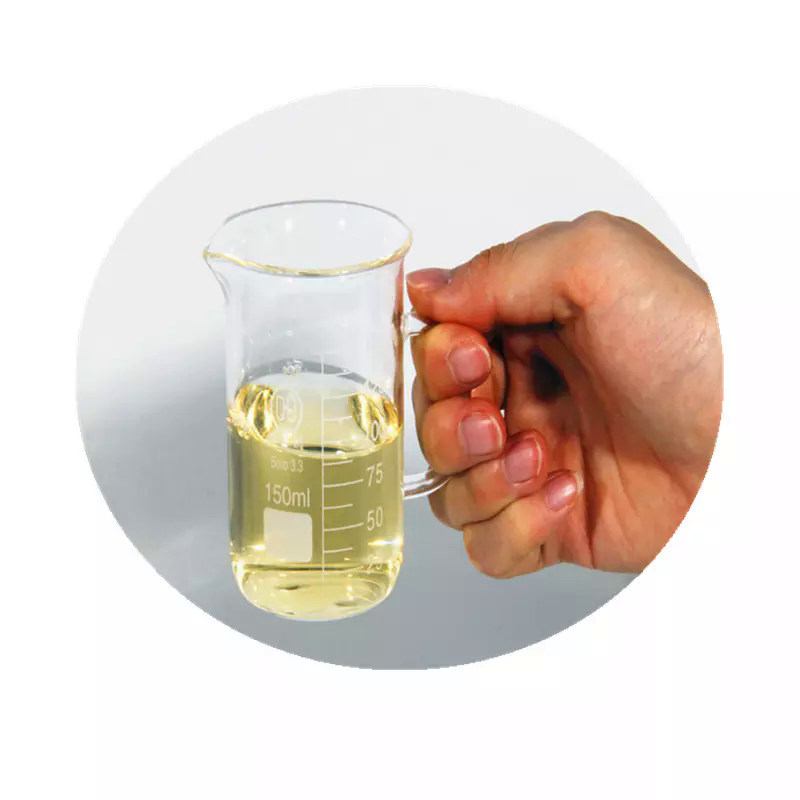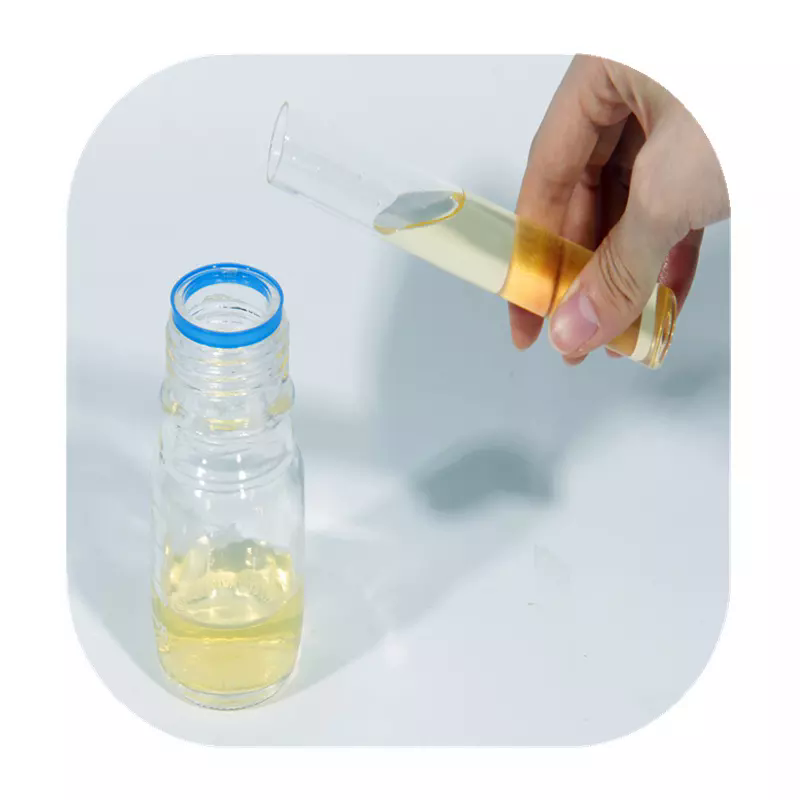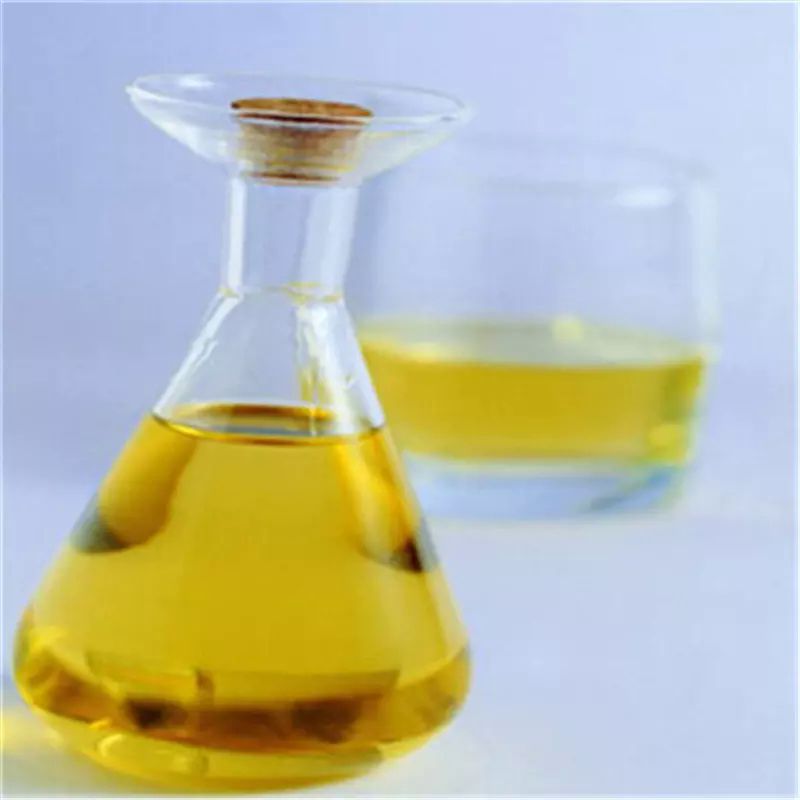5-Chloro-2-methylaniline
Synonym(s):4-Chloro-2-toluidine, 5-Chloro-o-toluidine, 2-Amino-4-chlorotoluene;5-Chloro-2-methylaniline
- CAS NO.:95-79-4
- Empirical Formula: C7H8ClN
- Molecular Weight: 141.6
- MDL number: MFCD00007779
- EINECS: 202-452-6
- SAFETY DATA SHEET (SDS)
- Update Date: 2024-12-18 14:08:57

What is 5-Chloro-2-methylaniline?
Chemical properties
clear yellow to light brown liquid after melting
Chemical properties
The chloromethylanilines are colorless or white crystalline solids or liquids, some have a mild fishy odor.
The Uses of 5-Chloro-2-methylaniline
5-Chloro-2-toluidine, is a versatile building block used for the synthesis of various pharmaceutical and biologically active compounds including inhibitors. It is a carcinogenic monocyclic amine. The compound is used in synthesizing dyes.
Definition
ChEBI: 5-Chloro-ortho-toluidine is a member of monochlorobenzenes.
Potential Exposure
Most of the isomers are used in dyestuff manufacture. The 3-chloro-para isomer is used to kill birds. It is marketed as pelleted bait for control of bird populations.
Carcinogenicity
A bioassay for the possible carcinogenicity of 5-chloro-otoluidine was conducted using Fischer 344 rats and B6C3F1 mice. Groups of 50 male and 50 female rats and mice were given 5-chloro-o-toluidine in the diet at 2500 or 5000 ppm for rats and 2000 or 4000 ppm for mice. The compound was administered for 78 weeks to both rats and mice, followed by an observation period of up to 26 weeks for rats and 13 weeks for mice. Under the conditions of this bioassay, 5-chloro-otoluidine was carcinogenic to the mice, inducing hemangiosarcomas and hepatocellular carcinomas in both males and females. There was no conclusive evidence of the carcinogenicity of the compound in the rats.
Shipping
UN2239 Chlorotoluidines, solid, Hazard Class: 6.1; Labels: 6.1-Poisonous materials. UN3429 Chlorotoluidines, liquid, Hazard Class: 6.1; Labels: 6.1- Poisonous materials
Incompatibilities
Incompatible with oxidizers, strong acids; chloroformates, and acid anhydrides, isocyanates, aldehydes forming fire and explosive hazards.
Properties of 5-Chloro-2-methylaniline
| Melting point: | 22 °C |
| Boiling point: | 237 °C(lit.) |
| Density | 1.177 g/mL at 20 °C(lit.) |
| vapor pressure | 0.45 hPa (50 °C) |
| refractive index | n |
| Flash point: | 320 °F |
| storage temp. | Store below +30°C. |
| solubility | soluble in Alcohol |
| form | Liquid After Melting |
| pka | pK1:3.85(+1) (25°C) |
| color | Clear yellow to light brown |
| Water Solubility | < 1 g/L (22 ºC) |
| BRN | 878504 |
| CAS DataBase Reference | 95-79-4(CAS DataBase Reference) |
| IARC | 3 (Vol. 77, 99) 2010 |
| NIST Chemistry Reference | Benzenamine, 5-chloro-2-methyl-(95-79-4) |
| EPA Substance Registry System | 5-Chloro-2-methylaniline (95-79-4) |
Safety information for 5-Chloro-2-methylaniline
| Signal word | Warning |
| Pictogram(s) |
 Exclamation Mark Irritant GHS07 |
| GHS Hazard Statements |
H302:Acute toxicity,oral H315:Skin corrosion/irritation H319:Serious eye damage/eye irritation H335:Specific target organ toxicity, single exposure;Respiratory tract irritation |
| Precautionary Statement Codes |
P261:Avoid breathing dust/fume/gas/mist/vapours/spray. P264:Wash hands thoroughly after handling. P264:Wash skin thouroughly after handling. P270:Do not eat, drink or smoke when using this product. P301+P312:IF SWALLOWED: call a POISON CENTER or doctor/physician IF you feel unwell. P302+P352:IF ON SKIN: wash with plenty of soap and water. P305+P351+P338:IF IN EYES: Rinse cautiously with water for several minutes. Remove contact lenses, if present and easy to do. Continuerinsing. |
Computed Descriptors for 5-Chloro-2-methylaniline
5-Chloro-2-methylaniline manufacturer
New Products
(S)-3-Aminobutanenitrile hydrochloride 4-Methylphenylacetic acid N-Boc-D-alaninol N-BOC-D/L-ALANINOL Tert-butyl bis(2-chloroethyl)carbamate 3-Morpholino-1-(4-nitrophenyl)-5,6-dihydropyridin- 2(1H)-one Furan-2,5-Dicarboxylic Acid Tropic acid 1-Bromo-3,5-Di-Tert-Butylbenzene S-2-CHLORO PROPIONIC ACID ETHYL ISOCYANOACETATE 2-Bromo-1,3-Bis(Dimethylamino)Trimethinium Hexafluorophosphate 4-IODO BENZOIC ACID 3-NITRO-2-METHYL ANILINE 1-(2,4-DICHLOROPHENYL) ETHANAMINE (2-Hydroxyphenyl)acetonitrile 4-Bromopyrazole 2-(Cyanocyclohexyl)acetic acid 4-methoxy-3,5-dinitropyridine 1-(4-(aminomethyl)benzyl)urea hydrochloride 2-aminopropyl benzoate hydrochloride diethyl 2-(2-((tertbutoxycarbonyl)amino) ethyl)malonate tert-butyl 4- (ureidomethyl)benzylcarbamate Ethyl-2-chloro((4-methoxyphenyl)hydrazono)acetateRelated products of tetrahydrofuran








You may like
-
 95-79-4 2-Amino-4-Chloro Toluene 98%View Details
95-79-4 2-Amino-4-Chloro Toluene 98%View Details
95-79-4 -
 95-79-4 99%View Details
95-79-4 99%View Details
95-79-4 -
 5-Chloro-2-methyl aniline 98%View Details
5-Chloro-2-methyl aniline 98%View Details
95-79-4 -
 5-Chloro-2-methylaniline CAS 95-79-4View Details
5-Chloro-2-methylaniline CAS 95-79-4View Details
95-79-4 -
 5-Chloro-2-methylaniline CAS 95-79-4View Details
5-Chloro-2-methylaniline CAS 95-79-4View Details
95-79-4 -
 1975-50-4 98%View Details
1975-50-4 98%View Details
1975-50-4 -
 14714-50-2 (2-Hydroxyphenyl)acetonitrile 98+View Details
14714-50-2 (2-Hydroxyphenyl)acetonitrile 98+View Details
14714-50-2 -
 118753-70-1 98+View Details
118753-70-1 98+View Details
118753-70-1